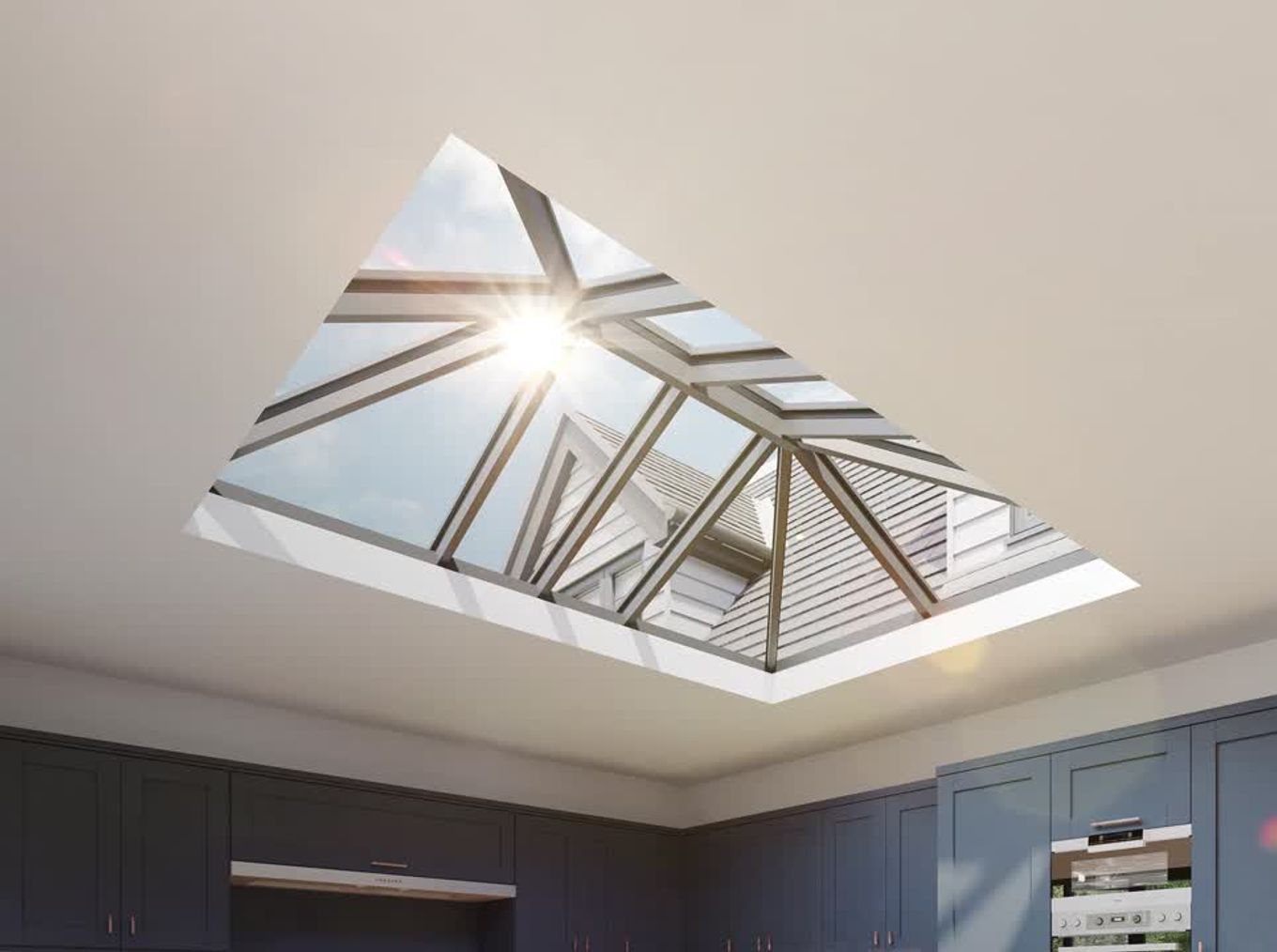Change sector:
Trade
Commercial
Blog
Need advice? Call our order support line: 01706 260700
roofing
A Short History Of Roof Lanterns
15 September, 2023
We love roof lanterns here at AluFold Direct. They’re an ideal way to enhance a home or take a commercial building project to the next level. Roof lanterns are eye-catching structures and they give homes a certain status; guests only need to look up once and they’re guaranteed to remember their visit. They might even walk away with a little house envy.
But, contrary to popular belief, roof lanterns are not a modern invention. Thanks to their sleek frames, they might look like the quintessential twenty-first-century glazing product, but they’re actually much older than that. Let’s open up the history books and examine the origins of roof lanterns and their development since then.

The Oldest Roof Lanterns
When you think about it, it makes sense that roof lanterns were invented centuries ago. The sun is overhead, so the best way to capture direct sunlight and bring it into the home is to make a gap in the roof. You can’t make a hole in the ceiling without letting the rain in, but once glazing was invented, it was only a matter of time before the first lanterns and roof lights appeared.
The oldest known roof lanterns looked different to the ones we have today. They were primarily designed for cathedrals and other religious buildings, so often sat atop domed rather than flat roofs. In Florence, you can find a famous one on the Baptistery Of Saint John and it’s a beautiful piece of architecture, but it doesn’t resemble today’s lanterns.
Orangeries And Roof Lanterns
For a long time, lanterns were limited to religious buildings and weren’t widely available to the average citizen. The first seeds of change started to grow in the sixteenth century, thanks to the rise of orangeries. These were a type of extension and as the name suggests, they were used to grow citrus fruits in the more moderate climates of northern Europe. Lemons, limes, oranges and grapefruits require lots of light and heat to grow, so architects looked for ways to maximise them.
This was when the classic roof lantern design that resembles a glass pyramid took shape. By projecting upwards, the lantern could catch the sunlight from multiple angles throughout the day. They helped orangeries become a status symbol for the elite upper classes and in the nineteenth century, they started to appear throughout other parts of society as well. Over time, roof lanterns became cheaper and easier to produce, so were no longer solely for rich nobles. As the prices dropped, their popularity rose and we can now find them in all walks of life.
Modern Metal Roof Lanterns
Today’s roof lanterns have many advantages over their forebears. They’re no longer made of wood but metal, so they’re far more durable and secure. Modern roof lanterns don’t suffer from rot or mould and they’ll keep homes safe from break-ins as well. As a final note, they can also be customised for Heritage or traditional homes, so even older houses can benefit from them.
Whether you’re looking for a classic design or something more modern, your new aluminium roof lantern will bring years of benefits. If you’ve got any questions or want more advice, why not contact us? You can also request a free online quote. The journey to your new roof lantern starts with a single click.

